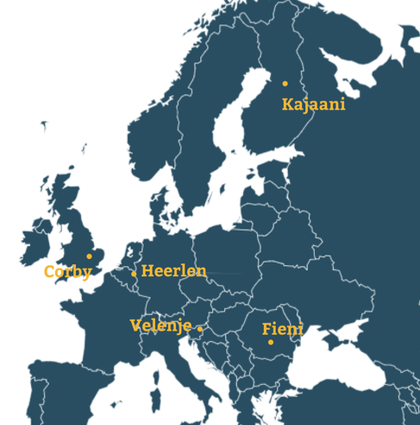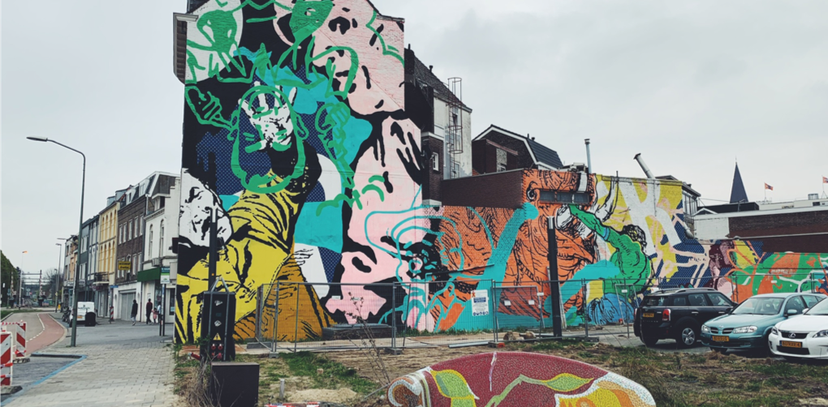

Over the past year Social Life has been leading a process to develop new ideas for social innovations which can address local needs in five industrial towns across Europe. This is part of Bright Future, an ESRC-funded European research project in association with JPI Urban Europe, exploring the qualities and characteristics of industrial towns across the continent.
In this blog Claire Gordon describes some of our takeaways on social innovation in industrial towns and how citizens might be engaged in shaping new responses to the challenges they face.
Bright Future takes as its starting point that industrial towns have often been marginalised in thinking and policy on urban Europe. Likewise, when it comes to social innovation, cities are often placed front and centre as natural sites of innovation and action, while little research has sought to understand the characteristics of social innovation in smaller urban units. We set about addressing this gap by exploring how five industrial towns - in the UK, the Netherlands, Slovenia, Romania and Finland - have responded to challenges in the past and how they might do so in the future.
Our first step was a social sustainability assessment of each town to establish a shared understanding of local strengths and weaknesses. A number of common themes emerged, such as the strength of local networks, which was at times linked to the legacy of industrial culture and traditions of social solidarity. Smallness came out as both an asset and a vulnerability, contributing positively to quality of life among some residents, while also being associated with negative traits such as insularity. Concerns around de-population and the experiences and prospects of young people also came through strongly across the towns. In several places, residents highlighted how the town’s poor reputation hampered efforts at renewal. This indicates the importance of the narratives we tell about places in shaping how residents experience their towns.
The second step was a review of local histories of social innovation. This pointed to rich traditions of citizen action in many of the towns. Some examples, such as the public bike rental created in Velenje Slovenia, exhibited strong resonances with innovations from elsewhere, highlighting the linkages between towns and wider systems of innovation. A few pioneering projects were also highlighted, such as the JAM Team in Corby, which worked with police on a youth worker outreach model to successfully tackle anti-social behaviour in the town.
Driving forward these projects were usually the determined efforts of passionate individuals alongside the support of local authorities. These close partnerships highlighted how the smaller scale of towns can lend itself to strong partnership working. Where citizen-led action was felt to be growing in a number of towns, the role of businesses in creating and supporting social innovation was generally felt to have declined. The importance of social innovation in attracting positive interest was also revealed by the review, with certain emblematic projects often used by residents to counter negative portrayals of the towns.
In the third and final step, local residents developed a set of new ideas to respond to priority challenges. These included practical initiatives such as walks to support mental health, an initiative to fill vacant properties in the town with creative uses, and a workplace mentoring scheme to get young people into employment. Some groups developed larger-scale regeneration plans or proposed significant policy changes, such as the introduction of a Universal Basic Income. The scope of these ideas indicates the desire and imaginative capacity of citizens to shape major projects and strategies, not just grassroots action, and the importance of embedding opportunities for residents to be heard in wider decision-making.
Many thanks to all the residents who participated and generously shared their time and knowledge. To find out more about the process and our findings, you can access the full report here. In the next phase of the project we will be using some of the insights to think about how policies can support industrial towns to thrive in the future.
